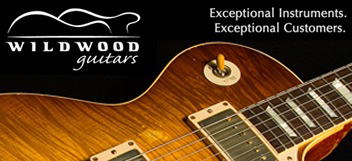retrobob
Member
- Joined
- Dec 1, 2002
- Messages
- 735
I picked up a pair of 70s Firebird pickups with rings in nickle. They have stamped pat#s on the back. They are slightly larger than the 60s FB pups, as
mentioned in another thread around here.
How do these sound compared to the older 60s pickups.
How do they sound compared to a good re-issue such as the Duncan Antiquity?
mentioned in another thread around here.
How do these sound compared to the older 60s pickups.
How do they sound compared to a good re-issue such as the Duncan Antiquity?






